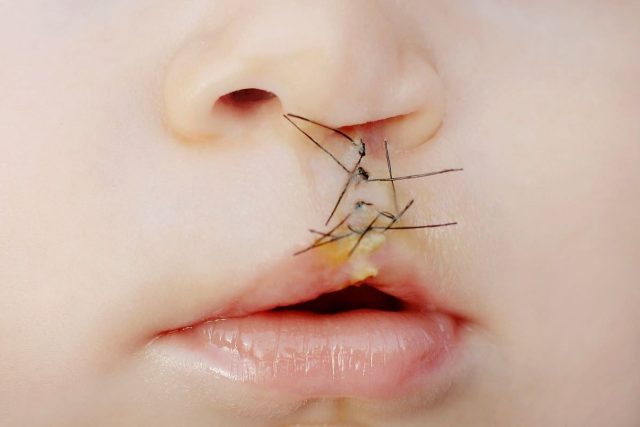Excellent interrater reliability, with intraclass correlation coefficient of 0.816 and 0.743 for unilateral and bilateral nasal clefts
By Elana Gotkine HealthDay Reporter
TUESDAY, June 10, 2025 (HealthDay News) — A new classification system seems to be highly accurate for evaluating nasal deformities in infants with cleft lip and palate (CLP), according to a study published online May 27 in The Journal of Craniofacial Surgery.
Martha Mejia, D.D.S., from Nicklaus Children’s Health System in Miami, and colleagues aimed to validate a newly developed classification system for nasal deformities in infants with CLP. Fifteen craniofacial specialists, including nine plastic surgeons and six orthodontists participated in the study, and evaluated the classification system by reviewing 10 randomly selected presurgical photographs of patients with unilateral and bilateral cleft lip and/or palate.
The researchers found that interrater reliability, measured using the intraclass correlation coefficient (ICC), was excellent, with ICCs of 0.816 and 0.743 for unilateral and bilateral nasal clefts, respectively. Strong consistency was seen among specialists by applying the classification system to photographs.
“This new tool offers a reliable and practice tool for categorizing the severity of nasal deformities in CLP patients,” Mejia said in a statement. “With ongoing evaluation, it may promote more consistent diagnosis, individualized treatment planning, and standardized approaches to enhance outcomes for infants with CLP.”
Copyright © 2025 HealthDay. All rights reserved.



















